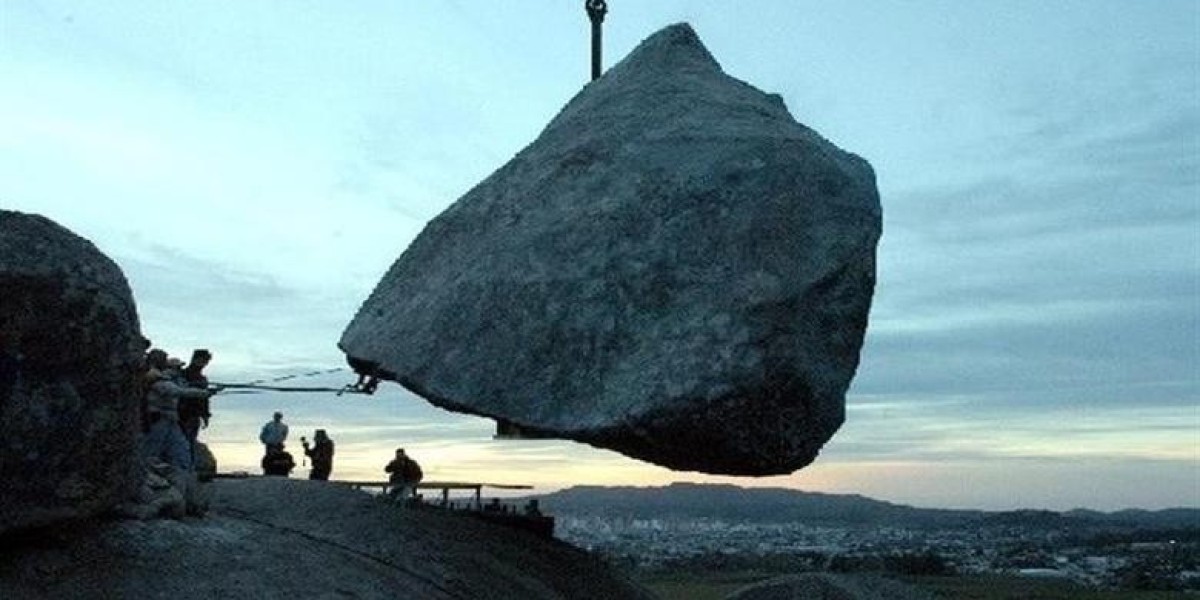article image source: dailymail.co.uk (Link)
Europe’s Expanding Summers: What New Research Reveals About the Future of the Continent’s Seasons
Europe’s summers are stretching longer, heating up faster, and behaving in ways that echo ancient climate patterns last seen thousands of years ago. A series of recent studies, drawing on climate archives preserved in lake sediments, outlines a clear — and dramatic — transformation underway: Europe may see up to 42 additional summer days by 2100, and in extreme scenarios, nearly eight months of summer-like weather.
These conclusions, while striking, come from independent research teams whose findings align on core points but differ in emphasis regarding pace, causes, and consequences.
advertisement
A Climate Signal Buried in Mud
To understand why Europe’s summers are lengthening, researchers examined sediment layers from ancient European lakes — natural archives that have recorded seasonal shifts across the last 10,000 years. These sediments act like climate calendars, preserving year-by-year changes in temperature and atmospheric conditions.
According to all three sources, the key player shaping Europe’s seasonal rhythm is the latitudinal temperature gradient — the temperature contrast between the Arctic and the equator.
This gradient drives the winds that bring cooler Atlantic air into Europe.
When the gradient is strong, the jet stream flows quickly and steadily.
When it weakens, air currents slow, become wavier, and allow warm air to linger.
Studies show that the Arctic is currently warming up to four times faster than the global average, diminishing this gradient and allowing heat to settle over Europe for longer stretches.
Echoes From 6,000 Years Ago — and What Makes Today Different
Around 6,000 years ago, natural warming in the Arctic stretched Europe’s warm season to nearly 200 days. Today’s research indicates summer lengths are once again approaching that number — but modern conditions are not driven by natural cycles alone.
Two perspectives emerge from the sources:
Some researchers emphasize that the mechanism itself is ancient and recurring, rooted in Earth’s climate system.
Others underscore that today’s shift is fundamentally different because human-driven greenhouse gas emissions are accelerating the process far beyond natural timescales.
What took thousands of years in the past is now unfolding over decades.
How Much Longer Could Summers Become?
Across all studies, researchers found a consistent relationship:
For every 1 °C decrease in the latitudinal temperature gradient, Europe gains approximately six additional summer days.
If current trends continue:
Europe could experience 42 extra days of summer by 2100.
Several sources suggest this could eventually mean up to eight months of summer-like weather, especially if emissions remain high.
Some projections note that summers already last around 200 days, and could reach 242 days by the end of the century.
Different reports vary slightly in exact projections but agree on the trajectory — significant summer expansion is likely.
Heat Seasons Already Expanding Across Europe
Recent analyses show that “heat seasons” — prolonged periods of unusually high temperatures — are no longer confined to traditional summer months.
Examples from recent years include:
Athens: heat lasting from mid-May to early October
Tirana: 143 days of extreme heat
Lisbon: 136 days
Madrid: 119 days
Cities are especially vulnerable due to the urban heat island effect, where buildings and concrete trap warmth and amplify high temperatures.
Consequences for Agriculture, Ecosystems, and Public Health
If summers extend toward eight months, the impacts could be profound:
Agriculture: Longer growing seasons may sound beneficial, but soils would have less time to recover, and crops would face increased heat and water stress.
Ecosystems: Altered habitats, disrupted seasonal cycles, and changing species distributions.
Water Resources: Higher evaporation rates and more intense drought conditions.
Public Health: Greater exposure to heatwaves, heightened risks for vulnerable populations, and strain on health systems.
Researchers also note that industrial aerosols and internal climate feedback loops may further amplify or reshape seasonal behavior.
A Rapidly Changing Planet — With Lessons From the Past
Across all three sources, scientists stress that insights from ancient climate archives are not just historical curiosities — they are warnings. Europe’s weather has always been tightly bound to global climate dynamics, but the speed and cause of the current changes make the future far less predictable.
As one researcher put it, understanding how Earth behaved thousands of years ago helps us grasp what may lie ahead — and highlights the urgency of decisions made today.
Conclusion: Europe at a Crossroads
Europe’s shifting summers tell a story of a continent in transition. Ancient lake sediments show that long summers have happened before — but never at today’s pace, and never driven by human activity. The warnings written in mud, atmospheric physics, and recent temperature records all converge on a single message: Europe’s climate future depends on choices made now.
And yet, within this unsettling picture lies an opportunity. By learning from the past, listening to the data, and acknowledging the scale of change, Europe can shape a future where adaptation, resilience, and innovation guide the way forward. The climate is changing — but our response to it is still in our hands.
Sources
University of Southampton: https://www.southampton.ac.uk/news/2025/11/europe-may-face-42-extra-days-of-summer.page
Daily Mail: https://www.dailymail.co.uk/sciencetech/article-15308973/British-summers-8-MONTHS-2100.html
Thank you !









